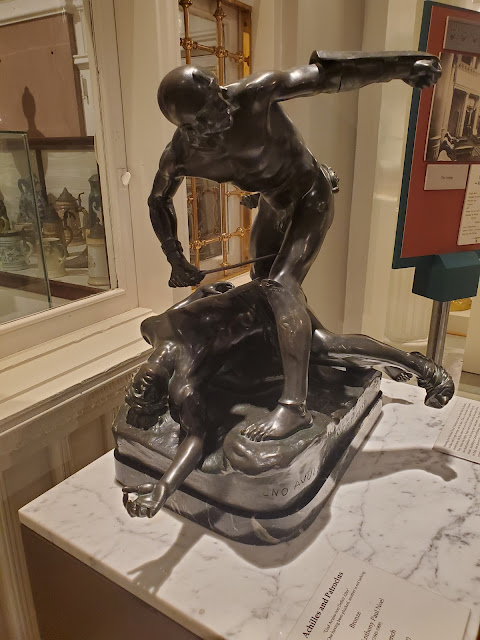St. Augustine, FL
February 24, 2022
Tolomato cemetery houses around 1,000 deceased, all in less than one acre. It includes the oldest marked burial in the state of Florida, as well as burials from the First Spanish Period, British Period, Second Spanish Period, and Florida's time as US Territory. Those buried in Tolomato come from a variety of backgrounds, including Menorcan, Irish, Spanish, Cuban, African, and Haitian. There are also soldiers from both sides of the Civil War, buried just yards away from one another. The cemetery exemplifies St. Augustine's complex, diverse history.
Tolomato Cemetery
Artifact 1: Elizabeth Forester's Grave
Elizabeth Forester was the daughter of well-off merchants from the North. Her gravesite is the oldest marked burial in Florida. It's an above-ground crypt made from Georgia marble. Her grave was robbed for her clothes by Spanish soldiers from the Castillo de San Marco, prompting the building of the first fence around Tolomato Cemetery.
Artifact 2: Father Felix Varela's Mausoleum
Father Felix Varela was born in Cuba and brought to St. Augustine at an early age. He studied under Father Miguel O'Reilly, an Irish priest who studied in Spain (and who is also buried at Tolomato). He returned to Cuba at 14 to study for the priesthood and founded the first philharmonic orchestra in Havana. He was heavily involved in politics and supported women's rights, abolition, and Cuban independence. When he returned to the US, he worked in New York with Irish immigrants. He remained influential in Cuban politics throughout his life. In his mausoleum, everything is from Cuba. In the mausoleum's cornerstone, his speeches lie untouched in a lead box. His remains are not in the mausoleum but in Cuba.
Exterior 1
Exterior 2
Image in Conversation 1
This image depicts guards standing at the Tomb of the Unknown Soldier at Arlington National Cemetery in the rain. The guards are known for their extraordinary commitment to their jobs, and the site commemorates all US service members whose remains have never been identified. Tolomato Cemetery made me think of this site because we unfortunately have nothing like the Tomb of the Unknown Soldier for Tolomato. There are so many buried there whose names we'll never know, but we have no visual marker for them. Every historical cemetery with unidentified remains should have a marker similar to the Tomb of the Unknown Soldier because it's important to remember all those who came before, even if we cannot identify them.
Image in Conversation 2
This image is a radar map of a suspected African American potter's field found on King High School's campus in Tampa. The survey estimates that there are about 145 graves in the area, all of them unmarked. This discovery was made while I was still living in Tampa, and it was very jarring to think about how many unmarked graves there must be under the entire city. Visiting Tolomato and hearing about the uncertainty of where graves are in St. Augustine reminded me of this case, and it made me wonder how many unknown graves there are around the world.
ENG 202 Passage
"They explored the poles
for offshore drilling.
Once, we blocked them,
In that we understood
The risk of an oil spill
For a glacier."
- "Thirteen Ways of Looking at a Glacier" by Craig Santos Perez
These lines evoke the idea of preservation as a reflection of cultural values. The lines refer to how people once chose to preserve the environment over their own comfort, but imply that our culture no longer values the environment as much as we value the comfort and wealth fossil fuels bring us. People in the past valued those with wealth and resources, which is why grave markers, a major form of preservation, were only accessible to the upper class. We can tell that historically, people in St. Augustine heavily valued the class system because there's a clear distinction in what classes are preserved and what classes are forgotten.
Creative Component
Marble - For the various types of marble the grave markers are made ofSpanish Moss - For the famous plant full of bugs that tourists love to grab when visiting
Varela - For Father Varela
Verot - For Bishop Verot
Unmarked - For all those who are buried and forgotten
Iron Gate - For the cemetery gates
Headstone - For all the headstones in the cemetery
James - For the young boy every ghost tour tells us to look for
Forester - For Elizabeth Forester

















